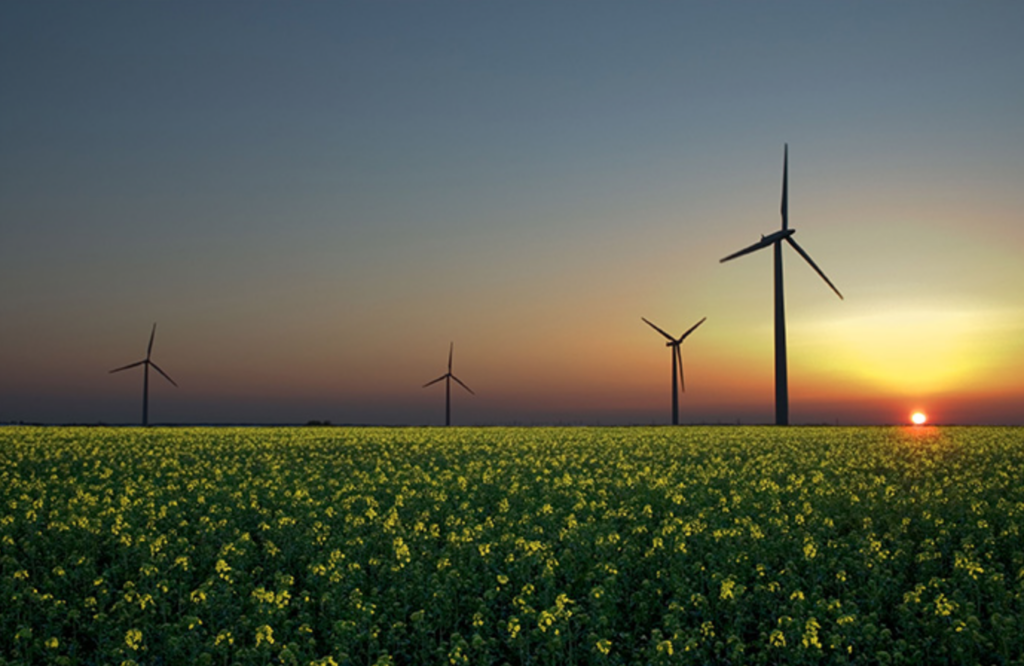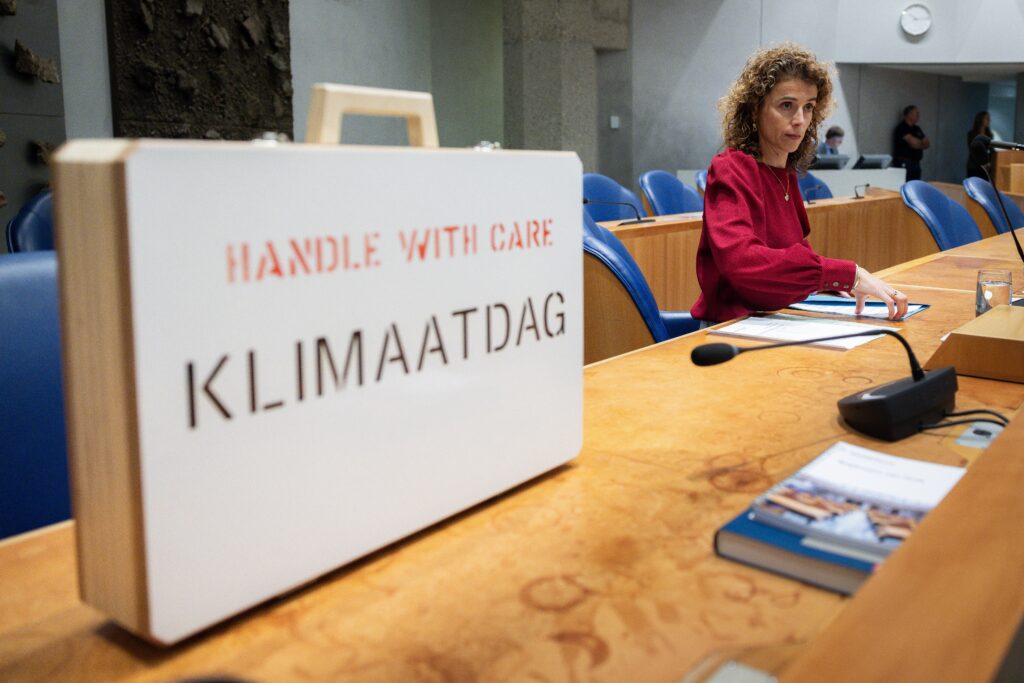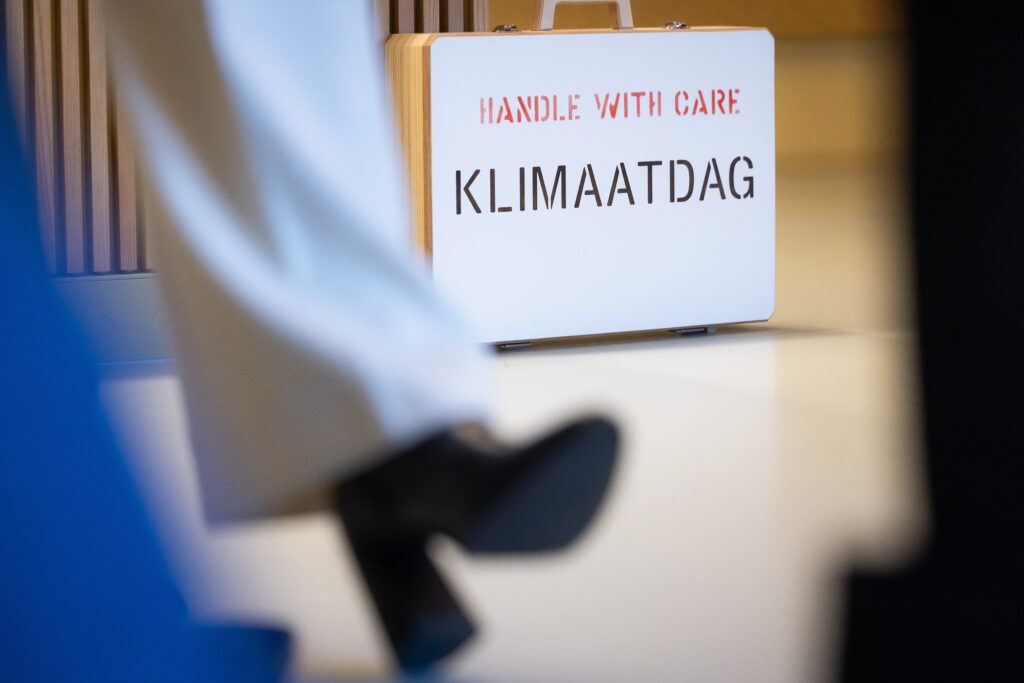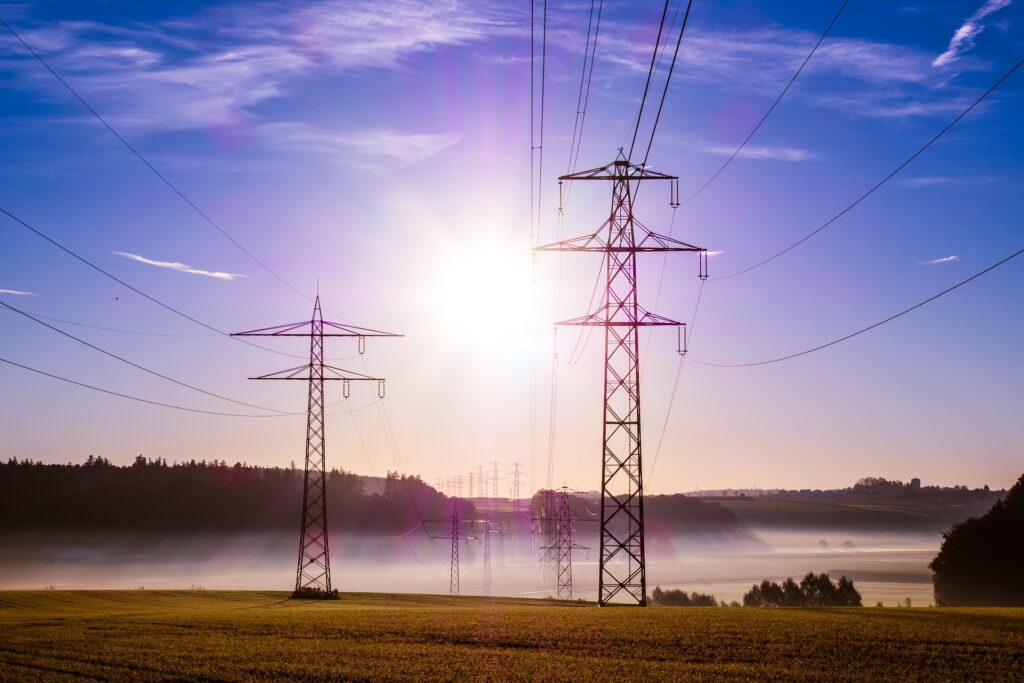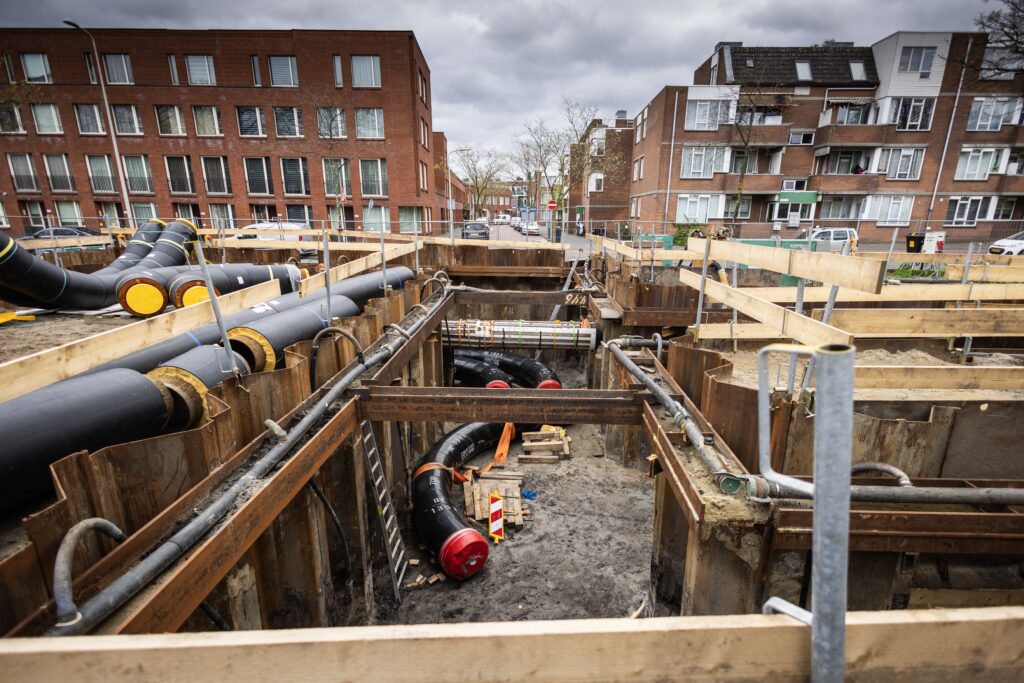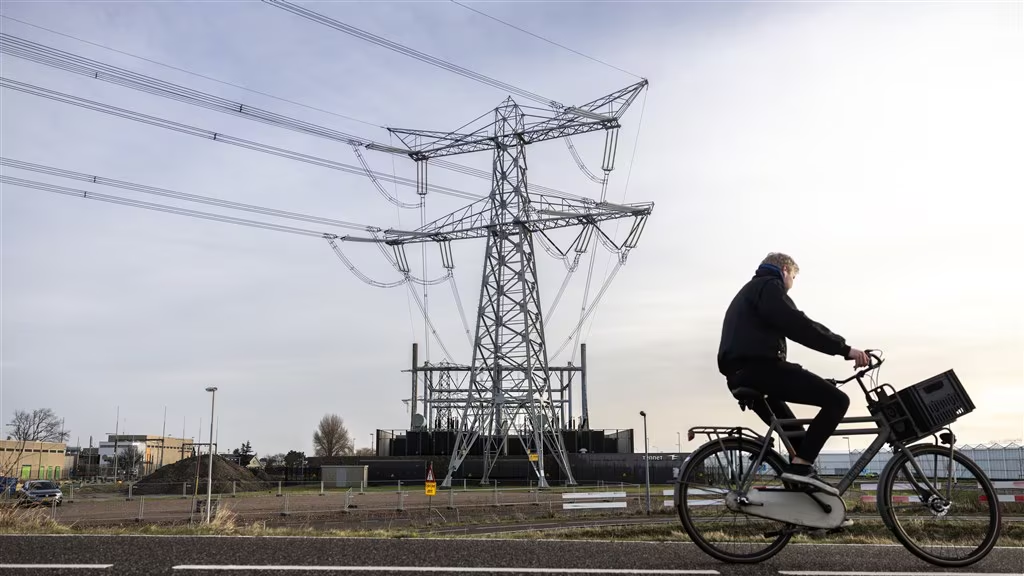Yesterday the technical briefing took place on the Final Energy Main Structure Program and the Energy System of the Future 2030-2050 report (II3050, edition 2). The report presents an integrated vision of the infrastructure needs of the Dutch energy system in 2030 and 2050, with four scenarios that provide insight into the required rollout of the hydrogen network and the expansion of the electricity infrastructure. Energie-Nederland endorses the importance of these analyzes and calls for attention to the following points:
- Include II3050 in the investment plans towards 2050.
- Consider the II3050 report and the National Energy System Plan in conjunction.
- Develop a calculation method to take congestion management into account.
- Invest in the development of hydrogen infrastructure in a timely manner.
These four components have a major common factor: they all involve a large-scale transition in our electricity infrastructure. A switch of such magnitude requires large investments from grid operators, resulting in high and rising grid rates for all connected parties. Energie-Nederland is in favor of grid investments, but does see friction arising with the affordability of energy. She therefore advocates using general tax resources so that network operators are not forced to (continually) increase their network rates to finance the transition.
Points of attention
- De investeringsplannen van netbeheerders
Realizing the energy transition is a major task and requires a long-term plan. The expansion of the electricity infrastructure is part of this. The investment plans determine which investments grid operators will actually make in the coming years. The findings of II3050 are very relevant to this. Energie-Nederland advocates investment plans from grid operators that look towards 2050, taking into account the insights of the II3050.
- The National Energy System Plan
Energie-Nederland also advocates viewing II3050 in conjunction with the National Energy System Plan (NPE). The NPE is mapping out a roadmap for the energy system up to 2050. It is precisely this coherence that is necessary to understand how the government can link concrete steps to the findings of the II3050 report. For example, the NPE chooses to strive for maximum supply. Energie-Nederland is in favor of this: it is easier to scale down at a later time than to have to scale up considerably at a later time. Maximum supply does require maximum availability of energy infrastructure. Energie-Nederland is therefore curious about how the choices in the NPE relate to the options from II3050.
- Congestion management
Congestion management and other smart contract forms are an important means of encouraging market parties to use the grid efficiently. Energie-Nederland sees grid expansion and reinforcement as priority number 1, but congestion management is an effective means of alleviating the current situation. However, congestion management is not yet sufficiently applied at a regional level. The II3050 does not take into account the use of congestion management because no conclusive calculation method was available for this. Energie-Nederland advocates developing a calculation method to take congestion management into account in follow-up studies.
- Hydrogen
Renewable and low-carbon hydrogen plays an indispensable role in the transition from a fossil to a fully sustainable energy system. The Netherlands is the second largest user of hydrogen within the European Union after Germany. Setting up a well-functioning hydrogen market is vital to getting the hydrogen chain off the ground. The II3050 report shows little variation in the hydrogen infrastructure needs of the four scenarios towards 2050. Wherever we grow to as the Netherlands, building a comprehensive hydrogen infrastructure will remain necessary. Energie-Nederland underlines the importance of timely development and investments in infrastructure, as these investments are necessary in all cases.

